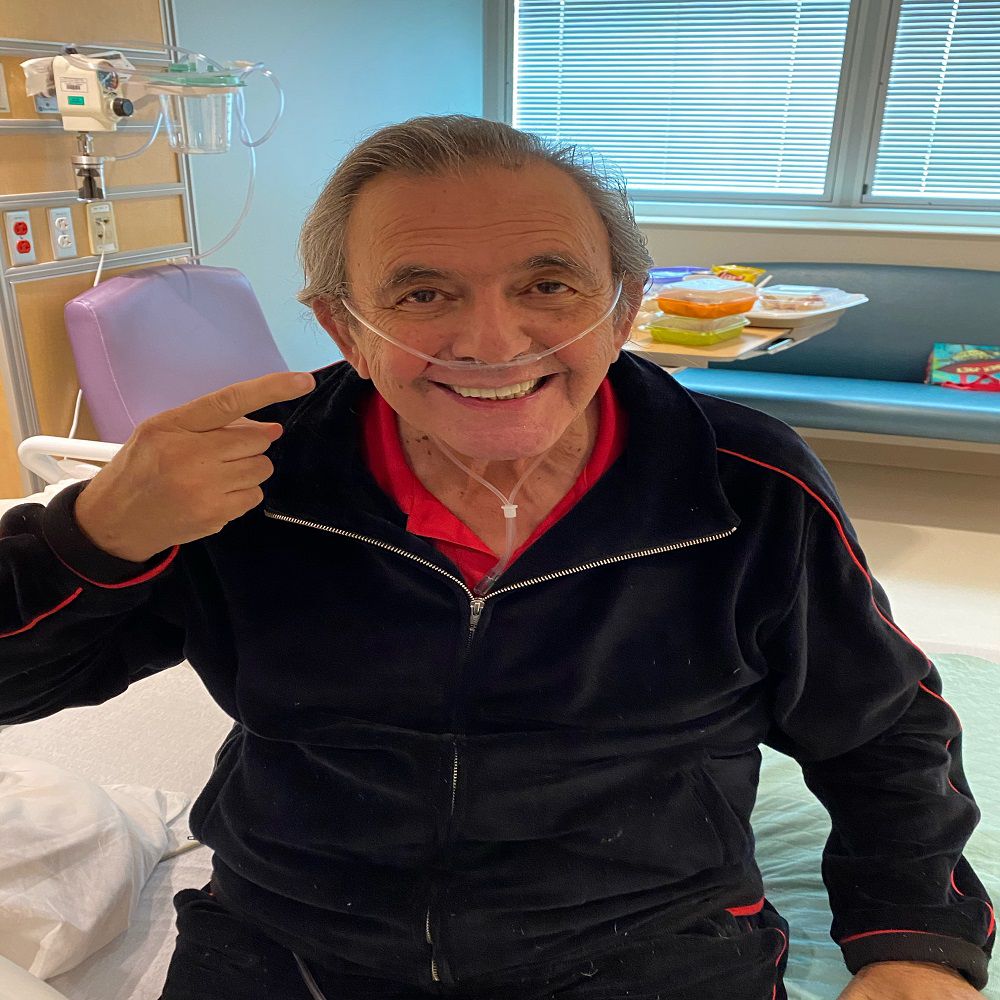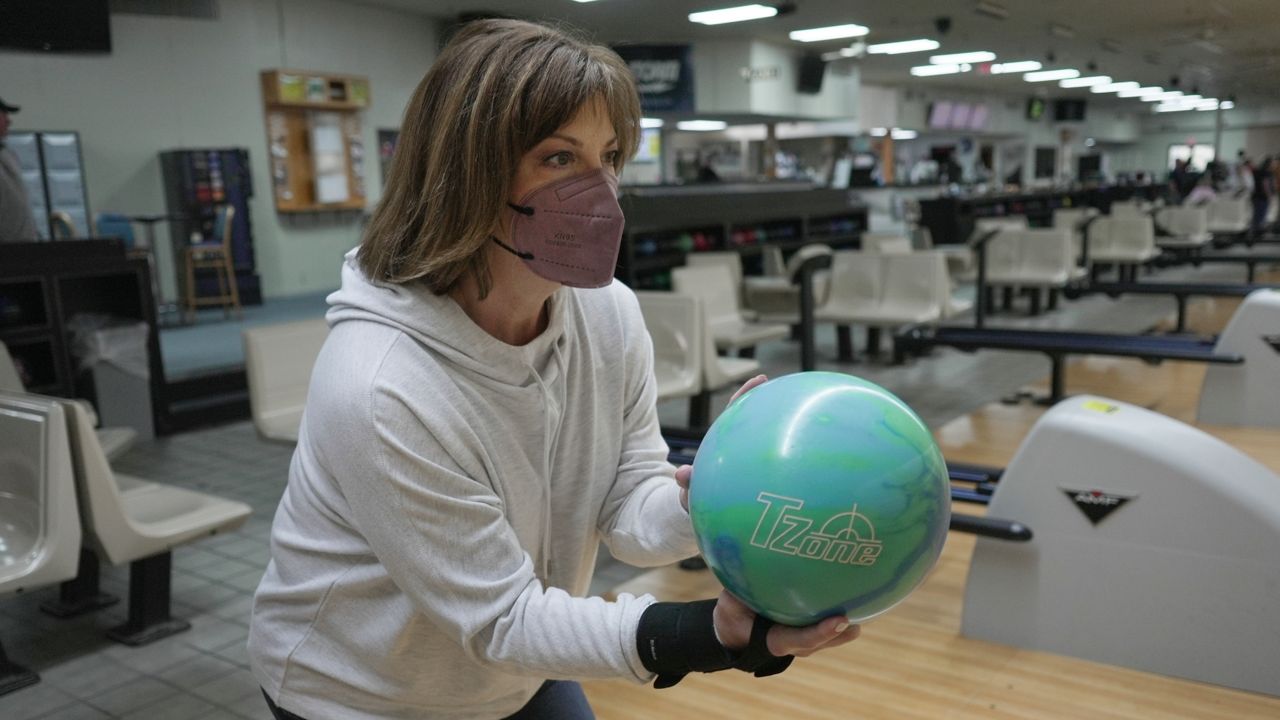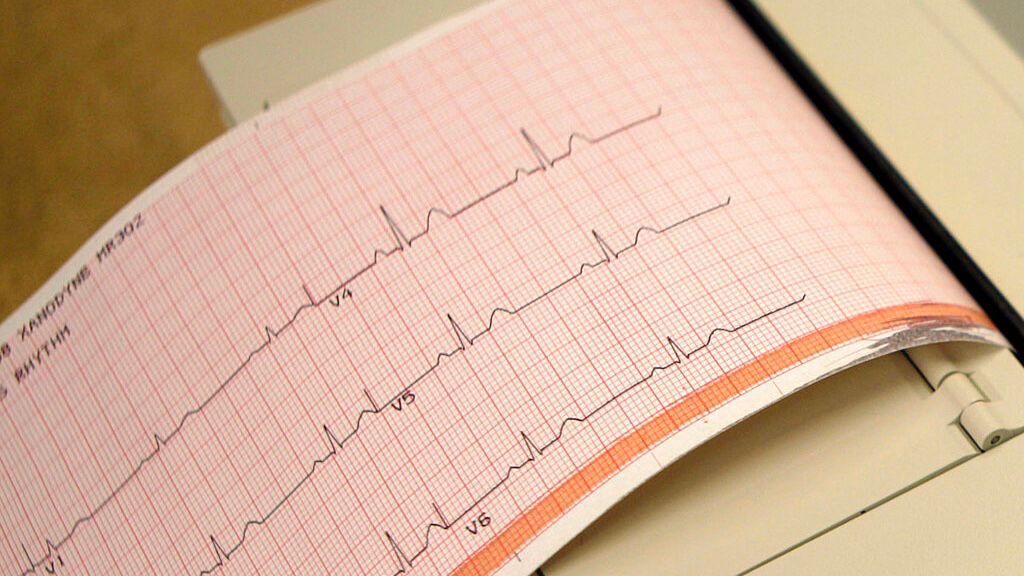SANDUSKY, Ohio — In early July 2020, George Sortino, 77, was hospitalized with COVID-19 at Firelands Regional Medical Center in Sandusky. He was not doing well.
What You Need To Know
- The FDA issued an emergency use authorization for the use of convalescent plasma as a treatment for COVID-19 in August 2020
- With insufficient data to pinpoint if it is indeed helping patients, the FDA has since limited its authorization
- Convalescent plasma can be rich in antibodies and is derived from the blood donated by people who have recovered from the virus
- A Sandusky man said receiving convalescent plasma saved his life
“I thought it was the end of my life. I really did. I was dealing with an unknown situation,” said Sortino. “I was so sick. I couldn't hold, I couldn't hold my cell phone."
Sortino’s oxygen level continued to decline, and his breathing became more difficult. He was transferred to the hospital’s critical care unit, where he spent 12 days fighting for his life.

“It's an emotional feeling. What goes through your mind is your life, your memories, your loved ones. You think of your, your children, you think of your grandchildren, you think of your, of my bride,” said Sortino.
One of Sortino’s doctors was pulmonologist Christopher Avendano. He said Sortino wasn’t sick enough to need to be put on a ventilator, but they were worried about him. They sought ways to help Sortino get better and decided to give convalescent plasma to him. Sortino was the first patient at Firelands to receive the treatment.
“We felt like, OK, let's go ahead and try and give him this, which I'll be honest with you. It took some time because we actually, you know, at that time that was actually done I don't want to say experimentally, but it was part of a study as part of a program through Mayo Clinic called an ‘Expanded access program,’” said Avendano. “So we actually had to — I registered our center with their study. And then I had to be, I had to register myself as a practitioner. And then, you know, we were able to get it now, you know, you would actually get it from the American Red Cross."
Sortino believes receiving convalescent plasma was the start of his comeback. Convalescent plasma can be rich in antibodies and is derived from the blood donated by people who have recovered from the virus.
“That was the difference if I didn't, if I didn't get that, I don't think I'd be here talking to you,” said Sortino.
On top of receiving convalescent plasma, physicians treated Sortino with Decadron, a steroid that has shown to have a significant effect on mortality in COVID-19 patients. He also received the antiviral drug Remdesivir, which had been authorized for emergency use in patients with severe COVID-19.
But not everyone in the medical community is sold on using convalescent plasma as treatment for COVID-19. The Physician-in-Chief at University Hospitals of Cleveland Dr. Robert Salata said because of lack of good, robust studies, UH is not using convalescent plasma as a treatment right now.
“Various studies have not shown a significant benefit overall. And in fact both the NIH and the FDA among others had really suggested this should not be utilized except under circumstances of a clinical trial,” said Salata. “There was a subset of folks, older folks like that, that did demonstrate benefits, but it was not consistent across all age groups and through studies such that we basically are not using that as part of our treatment strategy right now."
Avendano reiterated that there are patients at Firelands Regional Medical Center who’ve passed away from COVID-19 despite receiving convalescent plasma.
“When you're talking about an individual and you're talking to families, what you want to do is be able to tell them we did everything we could for them, and whatever happened happened, because I think people can accept that knowing that everything was done for them possible,” said Avendano.
Avendano weighs the risks and benefits and so far feels like the downside to giving patients convalescent plasma is pretty small.
“Especially as long as the patient doesn't have a prior history of what we call anaphylactic reactions or transfusion reactions. And as you know, the Red Cross is really good at screening for bloodborne diseases,” said Avendano.
Sortino is vocal about his story in hopes that it gives others hope that they, too, can get better. He also urges those who’ve recovered from COVID-19 to donate convalescent plasma to allow patients similar to him a potential second chance at life.
“You’ve got nothing to lose. So if it's available, try it, you know, you've got nothing to lose, but you can gain, you can gain your life and extend your life with your loved ones,” said Sortino.
You can learn more about what's involved in the process of donating convalescent plasma by contacting your local Red Cross.










